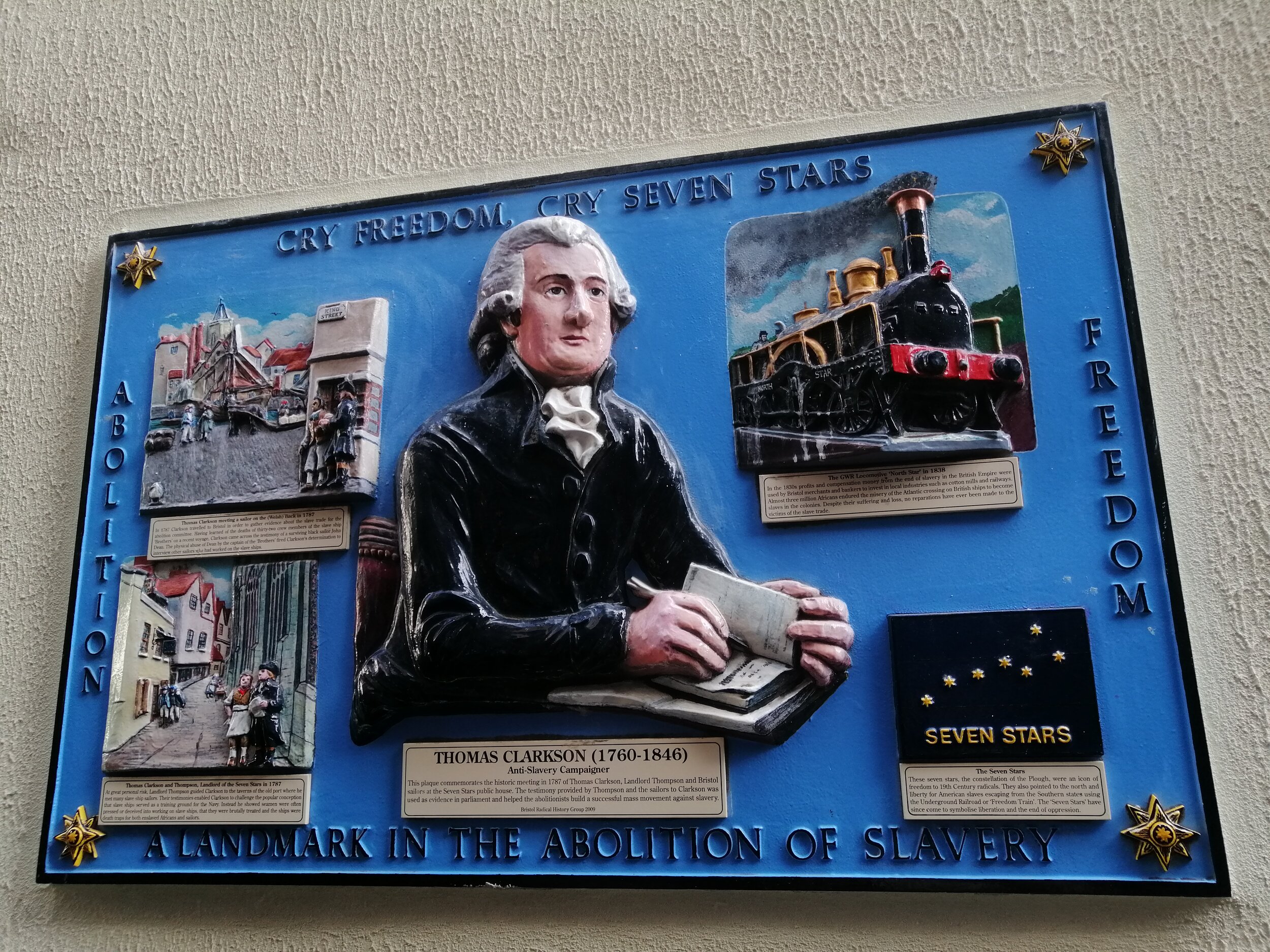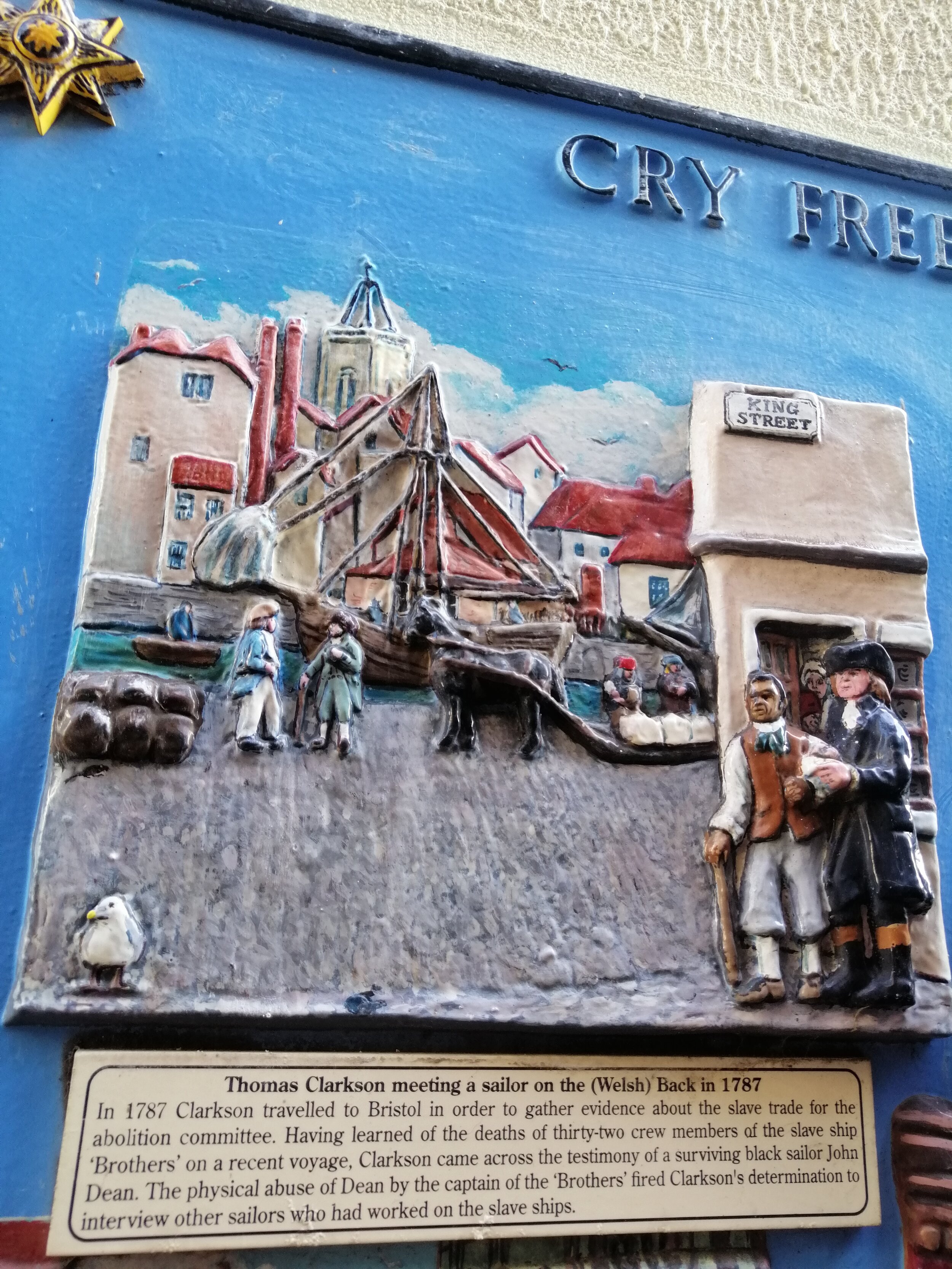The upcoming International Day of Remembrance of the Victims of Slavery and the Transatlantic Slave Trade on 25th March and the anniversary of the Rwanda genocide on 7th April provide an opportunity for us all to honour and remember the victims of all forms of inhumanity and genocide. It is also a time to bring awareness about victims of modern slavery and current ongoing crime against humanity.
The Western world has not taken responsibility for its role in chattel slavery yet. It is a fact that Bristol is build on slave economy and Africans were imported into Bristol as servants, but the city is very reluctant to acknowledge its history and very few representations of Bristol’s part in the slave trade is visible in the city. Pero’s Bridge might be one of the only significant commemorative places in the city. The Bridge is named in honour of Pero Jones who lived and died in the city. Pero Jones was born of African descent, into enslavement in the West Indies. In 1765, at the age of 12, Pero was bought by slave plantation owner and sugar merchant, John Pinney, to work on his Mountravers plantation in Nevis. In 1784, Pero accompanied the Pinney family in their move from Nevis to Bristol, where they lived in the Georgian House, now museum. Pero was the personal servant to John Pinney and served him for 32 years.
Every time I walk on Pero’s Bridge, I always think about Pero and his life in Bristol, and my heart goes to all the victim of the genocide. Many walk on the Pero’s Bridge on a daily basis but very few even know why the Bridge is called Pero’s or who Pero was. There is a small plaque by the bridge to inform the public but because of its size and location many miss it.
Ahead of the the country going on a lockdown, on a very cold a windy afternoon of the 12th March, I joined a small group on a 3-hours walk around Bristol on the 'Slavery trail'. The walk, led by Mark Steeds from Bristol Radical History Group, went from M Shed and finished at the Cathedral, passing and stopping by Pero’s Bridge, The Merchant Venturers’ almshouses in Kings Street, Queen Square, along the river towards St Mary Redcliffe. We stopped by the Seven Star pub in Thomas Lane to look at a plaque made by a local artist called Mike Baker, in tribute to Thomas Clarkson, who stayed at the pub on his visit to Bristol. Thomas Clarkson was one of the main campaigner behind the Abolition movement to end Slavery. Clarkson collected information on behalf of the Committee for the Abolition of the African Slave trade and presented it to the Committee and the public. He has spent a lot of time traveling around the country, especially in Liverpool and Bristol, to gather evidence from sailors who have witnessed the slave economy on board of slave ships.
Unfortunately, Mike Baker, the artist who designed the plaque has passed away that same evening as we did the walk. Mike Baker was also the artist who created the Bristol Bus Boycott plaque at the coach station.
The 3-hours walk went quite quickly as Mark was very knowledgeable and passionate about local history and I certainly learnt a lot on the walk. I would recommend to everyone to go on a heritage tour of black history around Bristol. There is so much hidden history around our city and on a day of Remembrance like today, we should encourage everyone to find out more about local history. While we are in lockdown period and might have some spare time in our hands, why not take the time and find out more about our history. Here are few websites to start with:
http://www.bris.ac.uk/Depts/History/bristolrecordsociety/publications/bha084.pdf
http://humanities.uwe.ac.uk/bhr/Main/slavetrade/history.htm
https://www.bbc.co.uk/programmes/b07wtd6y
Blog by Christelle Pellecuer, BSWN Cultural Heritage Manager




